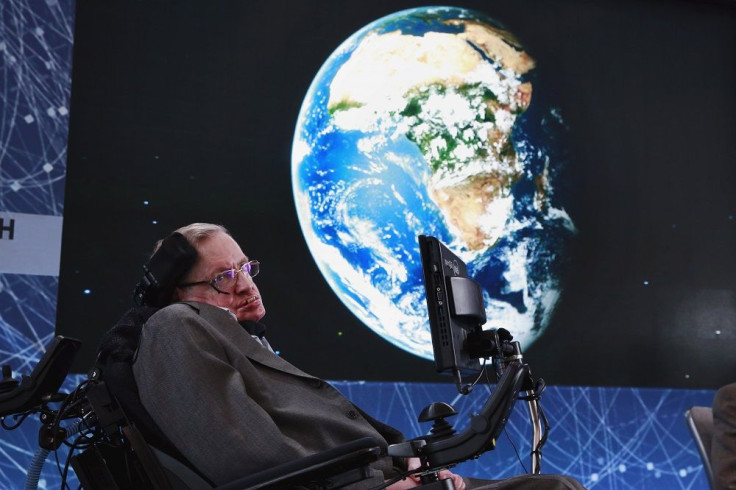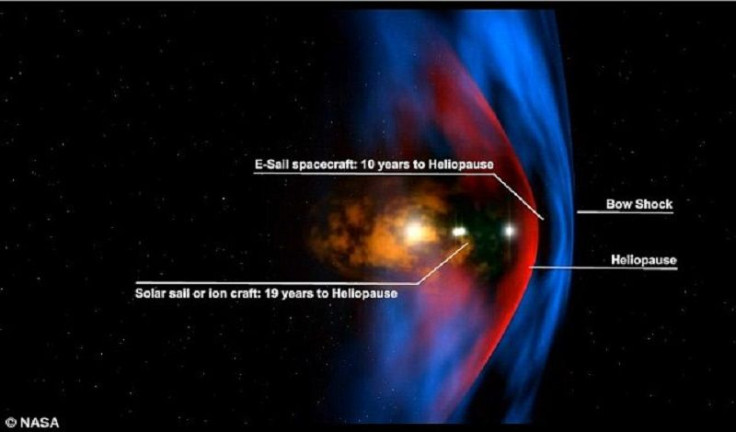Stephen Hawking, Russian billionaire plan to build $100M interstellar starship to search for aliens
NASA tests concept of propulsion system boosted by solar wind to reach solar system edge

The search for alien life is getting an upgrade from Russian billionaire Yuri Milner and scientist Stephen Hawking who announced on Tuesday Breaktrough Starshot at the One World Observatory in New York City.
The $100-million (AUD$130 million) research and engineering programme would search for extraterrestrial intelligence by scanning the skies for radio and light signals from aliens. First, they would build light-propelled nanocraft that could travel up to 20 percent the speed of light, reports Gizmodo.
By launching the robotic spacecraft that could pass Pluto in three days and reach Alpha Centauri, the nearest neighbouring star system, two decades after its launch, humans could reach the stars, Milner says. The two revealed the prototype for the technology to be used such as a Starchip, communications equipment, gram scale wafer-carrying cameras, navigation equipment, photon thrusters and power supply.
A sail that measures only one metre, weighs a few grammes and a few hundred atoms thick would propel the miniature science lab. Milner foresees the light sail would be launched from Earth with a phased array of lasers carrying a combined power of more than 100 gigawatts.
While Hawking admits the chance of finding alien life in the nearest solar system is unlikely, the “rapid progress of space exploration,” which has improved people’s lives in the past would benefit mankind. Gizmodo notes that the idea appears “like the insanely ambitious fantasy of a starstruck billionaire,” but the Russian insists the Breakthrough concept is based on available technology or would likely be available in the near future.
Meanwhile, the NASA is already testing the concept for a new propulsion system that could cut time for spacecraft to reach interstellar space. It would interact with particles released by the sun and repel protons to create thrust and reach unprecedented speeds, reports Themarshalltown.

Heliopause Electrostatic Rapid Transit System (Herts) E-Sail, the proposed concept, would work even without a built-in propellant, say NASA engineers. It would instead be boosted by solar wind to reach the edge of the solar system, the heliopause.
But Freeman Dyson, a theoretical physicist, believes in the existence of alien life. For him, the ETs are probably floating through galaxy and there is no need to search for them in some distant planet, reports Business Insider.






